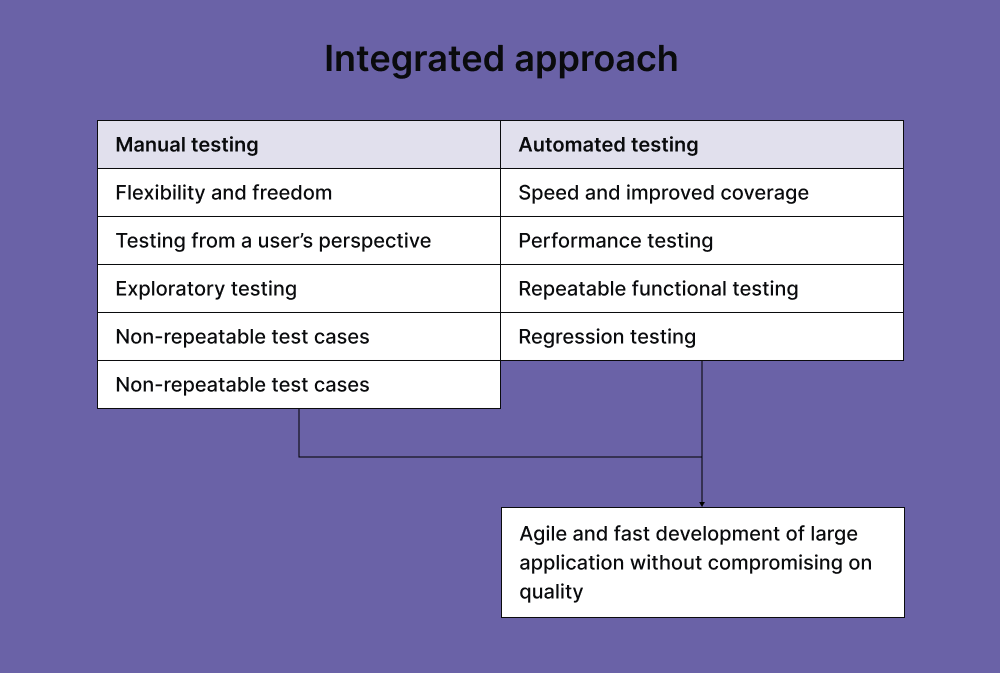Land clearing is a vital process for construction, agriculture, property development, and habitat restoration. However, traditional methods like bulldozing or burning can be time-consuming, costly, and harmful to the environment. Enter forestry mulching: an innovative, efficient, and eco-friendly solution that is rapidly becoming the go-to method for land clearing.
This blog will explore everything you need to know about forestry mulching, including how it works, its benefits, and why it’s the ideal choice for your next land-clearing project.
What Is Forestry Mulching
Forestry mulching is a one-step process that involves using specialized mulching equipment to clear land. A forestry mulching machine, often equipped with a rotating drum and sharp teeth, cuts, grinds, and converts vegetation into mulch in real-time. This mulch is then spread evenly across the land, creating a rich, nutrient-dense layer that nourishes the soil.
Unlike traditional methods, which often require multiple machines and additional steps, forestry mulching does everything in one pass, saving time, money, and resources.
Benefits of Forestry Mulching
Forestry mulching isn’t just efficient; it offers a host of additional benefits that make it stand out as a sustainable and cost-effective solution for land clearing.
1. Eco-Friendly Approach
Conventional land-clearing methods like burning or bulldozing can result in soil erosion, habitat destruction, and the release of harmful emissions. Forestry mulching, on the other hand, leaves the root systems of trees intact, preventing erosion and preserving the integrity of the soil.
Additionally, the mulch left behind decomposes over time, returning valuable nutrients to the soil and improving its fertility. This makes forestry mulching an environmentally responsible choice.
2. Cost-Effective Solution
Unlike traditional clearing methods, which often involve multiple steps and expensive machinery, forestry mulching is a one-step process. A single machine takes care of cutting, grinding, and mulching, significantly reducing equipment and labor costs.
Further savings come from the mulch left on-site, eliminating the need for expensive hauling and disposal of debris.
3. Time Efficiency
Time is often a critical factor in land-clearing projects, and forestry mulching excels in this area. With its ability to clear land quickly in a single pass, this method drastically reduces the time required for large-scale projects.
4. Minimal Soil Disturbance
Traditional methods often disturb the soil, leaving the land less suitable for future use. Forestry mulching preserves the soil structure and minimizes damage, making it ideal for projects that require maintaining land health, such as farming or habitat restoration.
5. Versatility Across Terrains
Forestry mulching is highly versatile and can handle a wide range of terrains, including steep slopes, dense forests, and rocky landscapes. Whether you’re preparing land for a trail, clearing a firebreak, or removing invasive plant species, forestry mulching is up to the challenge.
Forestry Mulching Applications
Because of its efficiency and versatility, forestry mulching is used in a variety of applications across industries.
1. Land Development
Before building homes, businesses, or infrastructure, land needs to be cleared. Forestry mulching efficiently removes trees, shrubs, and overgrowth while preparing the land for construction without damaging the soil.
2. Agriculture
Farmers frequently use forestry mulching to clear overgrown areas and prepare their fields for planting. The nutrient-rich mulch left behind improves the soil and promotes healthier crops.
3. Habitat Restoration
Large-scale conservation projects often opt for forestry mulching to remove invasive species, clear unhealthy vegetation, and restore habitats for native plants and animals.
4. Trail and Road Clearing
Forestry mulching ensures that paths, trails, and roads remain clear of overgrowth, providing safe and accessible routes for hikers, cyclists, and vehicles.
5. Firebreak Creation
To prevent the spread of wildfires, firebreaks are essential. Forestry mulching acts as a key method for creating these barriers by removing excess fuel from the forest floor.
How Forestry Mulching Works
Forestry mulching machines are equipped with a powerful rotary drum studded with steel teeth designed to chop and grind vegetation. Here’s a step-by-step look at how the process works:
- Assessment
- A professional assesses the land to identify the scope of work and select the appropriate equipment for the job.
- Clearing
- The mulching machine operates over the designated area, reducing trees, shrubs, and vegetation into fine mulch in a single pass.
- Mulch Distribution
- The machine evenly spreads the mulch over the cleared land, providing instant soil coverage and boosting nutrients.
- Completion
- Since forestry mulching is a one-step process, the job is complete, leaving behind a cleared, mulched area ready for its next use.
Choosing the Right Forestry Mulching Service
If you’re considering forestry mulching for your project, working with an experienced, professional service provider is essential. Here’s what to look for:
- Modern Equipment: Ensure they use advanced mulching machinery capable of handling your land requirements.
- Eco-Friendly Practices: Work with providers prioritizing sustainability and minimizing environmental impact.
- Expertise: Look for companies with knowledgeable teams experienced in forestry mulching across various terrains and project types.
When to Use Forestry Mulching
Forestry mulching is ideal for projects that prioritize speed, cost efficiency, and soil health. Whether you’re clearing land for a weekend cabin or managing vegetation for a large-scale conservation effort, this method is a reliable choice for modern land clearing.
A Better Way to Clear Land
Forestry mulching in San Marcos is revolutionizing land clearing with its efficiency, cost-effectiveness, and environmental benefits. By choosing this innovative method, you’ll save time and money while supporting sustainability.
No matter the project, forestry mulching delivers results that outshine traditional methods. Whether you’re a developer, farmer, or conservationist, it’s time to consider forestry mulching for your next land-clearing challenge.


